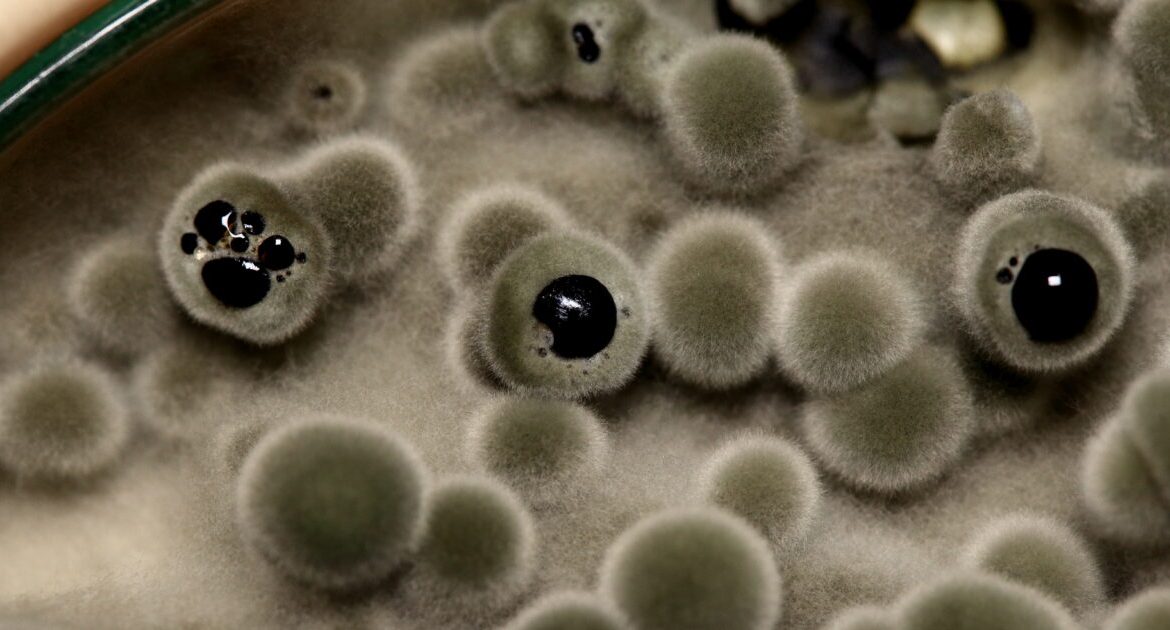
Pharoah’s Curse Fungus Yields Breakthrough in Blood Cancer Treatment


In a stunning discovery, researchers at the University of Pennsylvania have harnessed a deadly fungus, once blamed for the “Pharaoh’s Curse,” to develop a promising new treatment for blood cancer.
This breakthrough, rooted in a toxin produced by the Aspergillus flavus mold, could offer hope to patients battling leukemia.
The story begins in the 1920s, when famed archaeologist Howard Carter opened King Tutankhamun’s tomb, an event followed by the mysterious deaths of eight team members. Whispers of a “Pharaoh’s Curse” spread, but medical experts suspected a fungal culprit.
Decades later, the excavation of King Casimir IV of Poland’s tomb in the 1970s confirmed these suspicions. Four of twelve archaeologists died within weeks, and investigators pinpointed Aspergillus flavus, a highly toxic fungus, as the cause. This mold produces asperigimycin, a toxin lethal to lung tissue but now showing remarkable potential in cancer research.
The University of Pennsylvania team discovered that asperigimycin is exceptionally effective at destroying leukemia cells in lab tests. However, the toxin required modification to become a viable cancer therapy.
Using a cutting-edge technique known as ribosomally synthesized and post-translationally modified peptides (RiPPs), the researchers engineered asperigimycin peptides.
These peptide chains of amino acids are produced by cellular ribosomes, then enhanced with enzymes and lipids, enabling them to target and attach to leukemia cells, disrupting their ability to divide.
The results are promising, but researchers emphasized the modified peptides effectively combat certain leukemia cells while showing no effect against liver, breast, or lung cancer cells.
Sherry Gao, a co-author of the study, is optimistic for further breakthroughs, “Fungi gave us Penicillin, and these results show that many more medicines derived from natural products remain to be found”.
This treatment has precedent with existing FDA-approved cancer treatments like cytarabine, derived from a sea sponge, and daunorubicin, sourced from a bacterium.
The next steps involve developing a compound-based drug for animal testing. If successful, the treatment could advance to human clinical trials, bringing researchers closer to a new therapy in the fight against blood cancer.
As the team moves forward, their work offers a beacon of hope for leukemia patients, showing that even ancient curses can yield modern miracles.
The post Pharoah’s Curse Fungus Yields Breakthrough in Blood Cancer Treatment appeared first on The Gateway Pundit.
